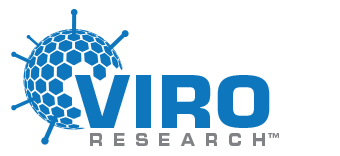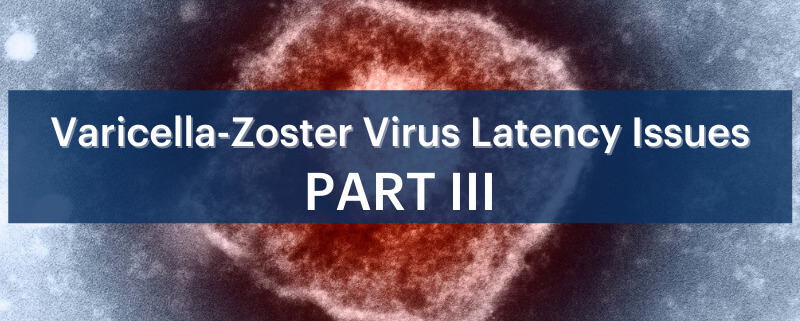INTRODUCTION: Reactivation of varicella-zoster virus (VZV) after a primary infection (chickenpox) leads to herpes zoster (HZ-shingles). This short report is the conclusion of three part series, based on the article by Kennedy et al.1 The possible role which autophagy plays in viral latency will be discussed.
DISCUSSION: Autophagy is a mechanism which host cells use to defend against viral infection. This is achieved using double-membrane vesicles, termed autophagosomes, which deliver trapped viruses to the lysosome for degradation. Specifically, autophagy initiates an innate immune response by cooperating with pattern recognition receptor signaling to induce interferon production. It also selectively degrades immune components associated with viral particles. Following degradation, autophagy coordinates adaptive immunity by delivering virus-derived antigens for presentation to T lymphocytes. The majority of VZV disease manifestations involve increased susceptibility to both primary disseminated infection and reactivation, with the latter case causing herpes zoster or CNS involvement in the form of meningitis, encephalitis and vasculitis. In vitro studies have demonstrated both pro- and antiviral evidence of interactions between VZV replication and autophagy pathways during lytic infection and shown that these virus-host interactions take place in a highly cell-type dependent manner. Whereas autophagy seems to exert antiviral roles in some contexts, the virus may also directly utilize autophagy molecules for its own benefit to enhance replication and viral egress (related to the endoplasmic reticulum and other cells organelles) and thus evade autophagy and subvert this process (Carpenter et al.2; Buckingham et al3). The finding that VZV directly inhibits autophagosome-lysosome fusion may suggest that autophagy does indeed play an important antiviral role in VZV infection, thus explaining/justifying the evolutionary adaptation of the virus to subvert autophagy processes (Graybill et al.4).
CONCLUSION: Specific knowledge concerning a possible role of autophagy in maintaining VZV latency in sensory ganglia in humans is lacking. Additional studies are needed to resolve the specific role of autophagy in VZV infection and to define to what extent altered homeostasis and autophagy processes may influence VZV reactivation and disease. It is unlikely that viral latency can be completely prevented, but current research is more likely to lead to therapies that may treat or prevent viral reactivation in both immunocompetent and immunocompromised individuals.
REFERENCES:
- Kennedy, P.G.E., T.H. Mogensen, and R.J. Cohrs. (2021). Recent Issues in Varicella-Zoster Virus Latency. Viruses 13, 2018. https://doi.org/10.3390/v13102018.
- Carpenter, J.E., W. Jackson, L. Benetti, and C. Grose. (2011). Autophagosome formation during varicella-zoster virus infection following endoplasmic reticulum stress and the unfolded protein response. J. Virol 85, 9414-9424. https://doi.org/10.1128/JVI.00281-11.
- Buckingham, E.M., J.E. Caprenter, W. Jackson, L. Zerboni, A.M. Arvin, and C. Grose. (2015). Autophagic flux without a block differentiates varicella-zoster virus infection from herpes simplex virus infection. Proc. Natl. Acad. Sci. 112, 256-261. https://doi.org/10.1073/pnas.1417878112.
- Graybill, C., M.J. Morgan, M.J. Levin, and K.S. Lee. (2018). Varicella-zoster virus inhibits autophagosome-lysosome fusion and the degradation stage of mTOR-mediated autophagic flux. Virology 522, 220-227. https://doi.org/10.1016/j.virol.2018.07.018.
MKTG 1068 - Rev A 021522



